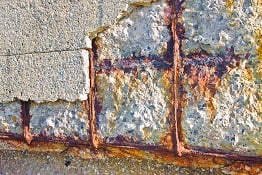
Waterproofing technology to protect against concrete corrosion
[fa icon="calendar'] Nov 12, 2019 9:00:00 AM / by Kenneth R Quigley, PE
Concrete has been in existence for over 2,000 years and it is not only the most used manufactured material in the world, but also is one of the oldest. Concrete is critical to our societies infrastructure as it is found in our schools, hospitals, city buildings, apartments, and more.
Read More [fa icon="long-arrow-right"]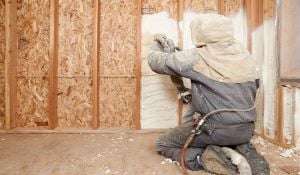
Indoor Air Quality Issues and Spray Polyurethane Foam Insulation
[fa icon="calendar'] Sep 19, 2019 10:00:00 AM / by Michael P. Mellette, Sc.D., CIH, CSP, CHMM
Increased emphasis on green building design has resulted in a greater demand for more energy efficient building materials such as spray polyurethane foam (SPF) insulations. Despite their excellent air sealing capability and insulating properties, the U.S. Environmental Protection Agency has recognized that exposure to the isocyanates and other vapors, aerosols, and dusts created during and after installation, may cause respiratory sensitization, asthma, and odors.
Read More [fa icon="long-arrow-right"]
Legionella Management in the Hospitality and Healthcare Industries
[fa icon="calendar'] Sep 13, 2019 12:34:16 PM / by Michael P. Mellette, Sc.D., CIH, CSP, CHMM
Legionella is a type of Gram-negative bacteria that occurs naturally in freshwater environments. Although it is present in nature, Legionella becomes a substantial health concern when allowed to multiply in a building’s water systems. According to the U.S. Center for Disease Control (CDC), from 2000 through 2015, there were 49,930 confirmed Legionnaires’ cases in the United States. Legionnaires’ disease is a severe type of pneumonia that can rapidly become fatal. It is caused by breathing in aerosolized water droplets containing Legionella, with the majority of recognized Legionnaires’ disease cases occurring in hotels, resorts, cruise ships, and the healthcare setting.
Read More [fa icon="long-arrow-right"]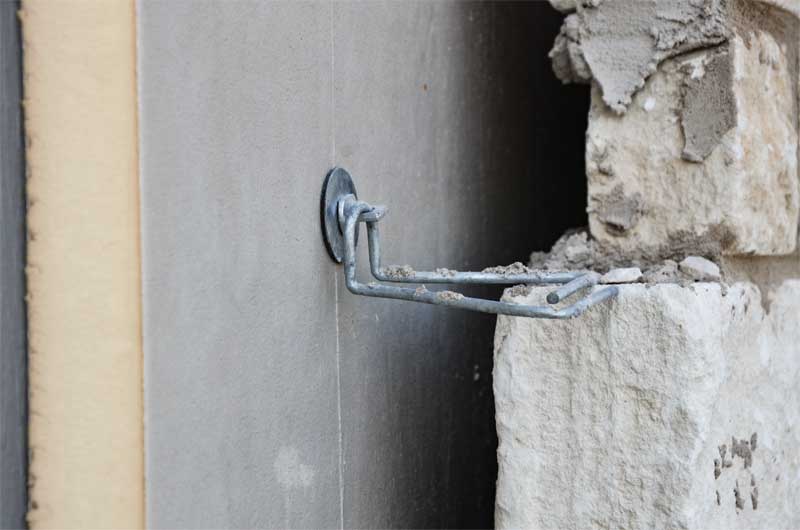
Specifying rigid foam insulation for masonry cavity walls
[fa icon="calendar'] Aug 20, 2019 9:45:00 AM / by Clark Griffith, AIA
The use of masonry cavity walls dates back over a hundred years and is still thriving today. However, the use of masonry in cavity walls has evolved to meet the performance needs and building specifications of 21st century buildings.
Read More [fa icon="long-arrow-right"]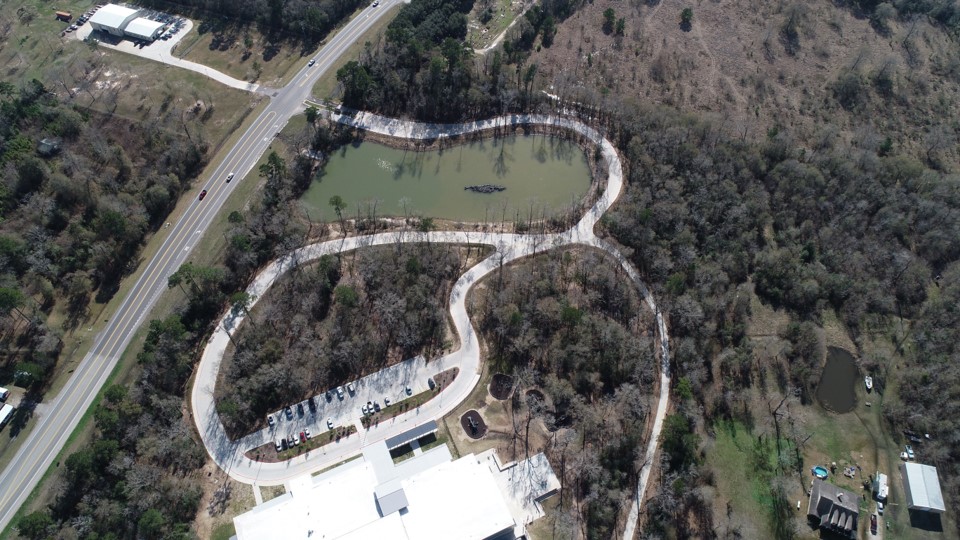
The Rising Use of Drones in External Building Inspection
[fa icon="calendar'] Jun 27, 2019 10:00:00 AM / by John O'Rourke
The process of inspecting the façade or roof of a building is changing. Advances in programming and battery technology have made unmanned aerial vehicles or “drones” both viable and affordable. Engineering and architectural companies are incorporating these tools into the practice of inspecting the façade and roof of structures, surveying large landscapes, and monitoring construction progress. The drone can be used as a tool, in the aforementioned tasks, that can safely produce visual and or thermal data faster at less cost than using tradition means and methods.
Read More [fa icon="long-arrow-right"]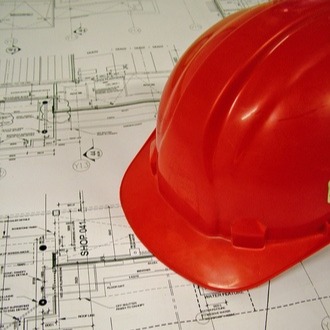
The Most Commonly Claimed Issues in Construction Defect Litigation
[fa icon="calendar'] Jun 20, 2019 8:45:00 AM / by Clark Griffith, AIA
As forensic architects, engineers, and construction consultants CCA regularly investigates construction defect claims and provides litigation support.
David M. McLain of Higgins, Hopkins, McLain & Roswell, LLC recently wrote a very relevant post, What are the most commonly claimed issues in construction defect litigation?, which was based on a prior study regarding the most cited types of construction defect cases. David McLain concluded that the most commonly cited claims fall into three core areas:
- Civil Issues
- Building Envelope Issues
- Roof Issues
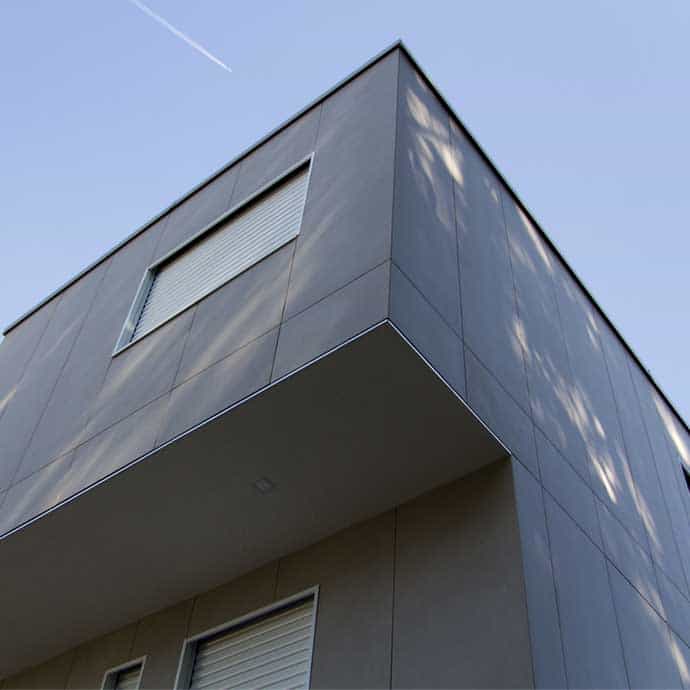
Identifying Tile Failure
[fa icon="calendar'] Jun 6, 2019 9:45:00 AM / by Clark Griffith, AIA
The devil is in the details. One year following the completion of a building in the Mid-Western United States, the tile on the exterior had begun to loosen and fall. The tile was selected for commercial-outdoor use, and could withstand freeze-thaw, thermal-shock conditions, and were frost resistant. If the above was true, then what was causing the failure?
Read More [fa icon="long-arrow-right"]
Women in Construction
[fa icon="calendar'] May 29, 2019 8:30:00 AM / by Diana Bass
Even though women are making their voices heard, depending on the industry, the number of women in leadership positions is still low. Historically the construction industry has always been weighted heavily towards the male gender. In fact, only seven percent of all construction executives are women.
Read More [fa icon="long-arrow-right"]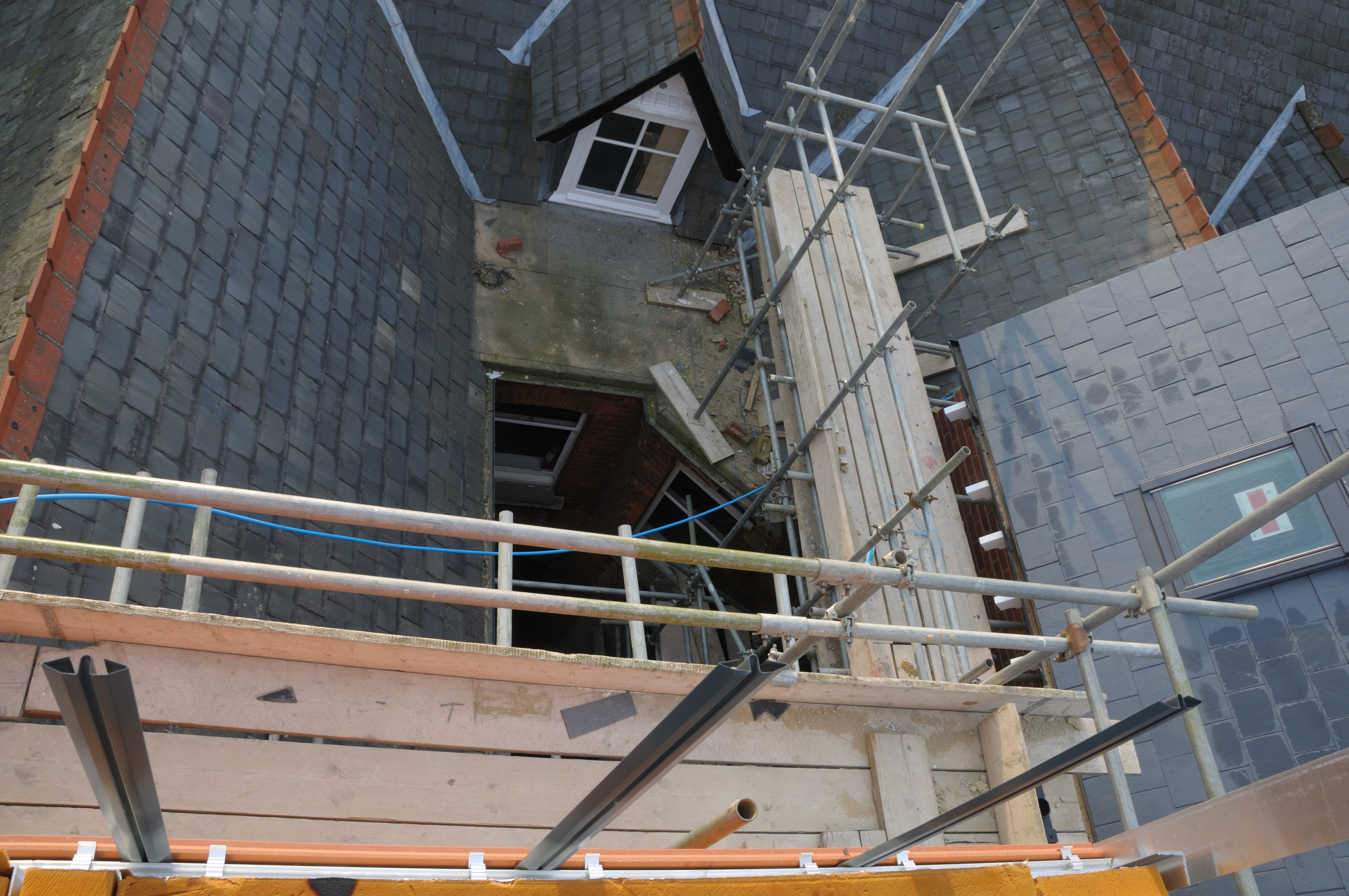
To repair or replace an existing roof?
[fa icon="calendar'] Jan 31, 2019 8:30:00 AM / by Kenneth R Quigley, PE
The decision to replace an existing roof may be the result of an ongoing issue such as water leakage, or proactively replacing it as part of building maintenance. Additional decisions need to be made regarding roof repairs or full replacement including whether or not to over-clad the existing roof or to completely replace it.
Read More [fa icon="long-arrow-right"]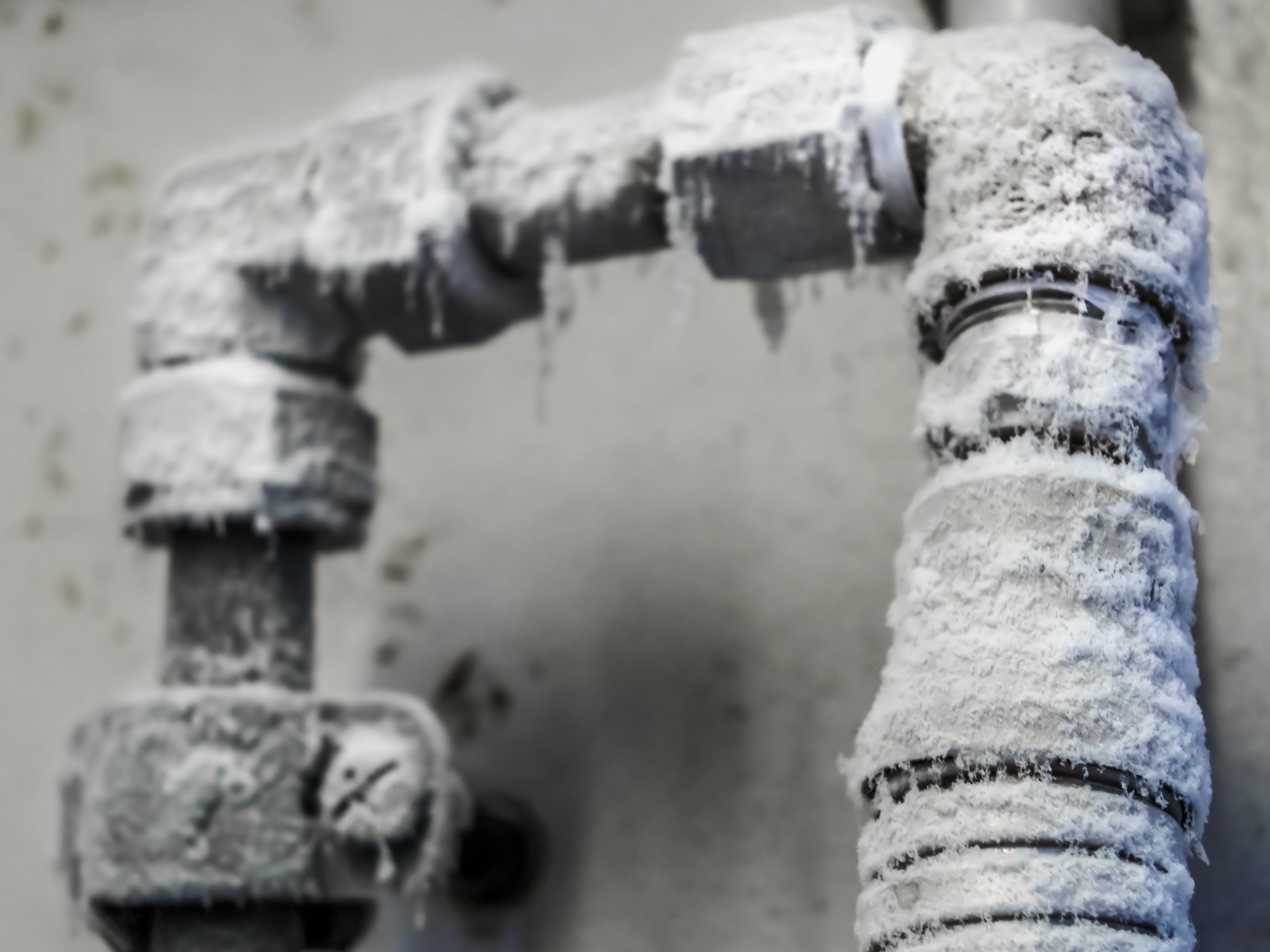
Avoiding Winter Catastrophe - Reducing the Risks of Frozen Pipes
[fa icon="calendar'] Nov 29, 2018 11:00:00 AM / by Dudley Smith, PE, CEM
Property managers and owners should be ever mindful of and take steps to manage the risks of damage due to a water pipe which has burst due to freezing. More than 20 years ago, The Insurance Institute for Property Loss Reduction (IIPLR) estimated the cost of insured residential construction freeze-related losses exceeded $4 billion over the previous decade. A study conducted in the mid 1990’s (Gordon) noted that the risk of freeze damage was particularly high in the southern states where more mild winter temperatures prompt builders to employ building practices that are insufficient to protect water pipes from exposure to occasional sub-freezing temperatures. Furthermore, unsuspecting property owners may tend to pay less attention to potential damages that can result from water pipes that are only occasionally exposed to freezing temperatures. The IIPLR research work recommended establishing an outdoor temperature alert threshold of 20° F for the southern states. While property owners should be on high alert when outdoor temperatures drop into the low 20’s, the risk of freeze related pipe bursting still exists whenever outdoor temperatures remain significantly below freezing for extended time periods. This is especially true where there are uninsulated pipes directly exposed to outdoor temperatures or there are holes in the exterior shell of a building that allow the outdoor air to impinge directly upon a pipe within or near an exterior wall.

